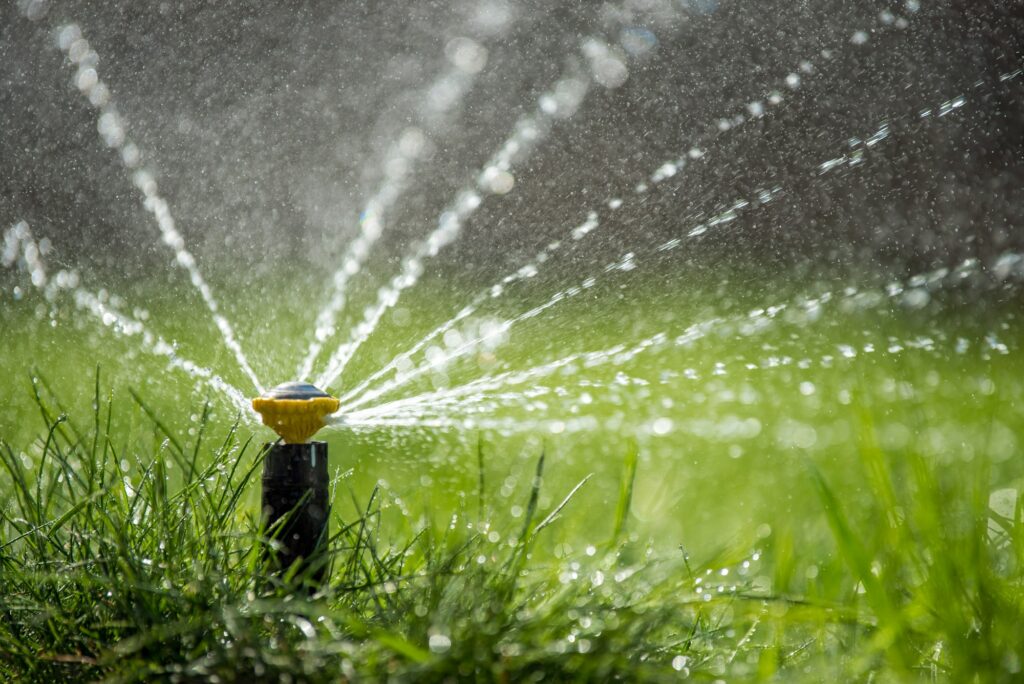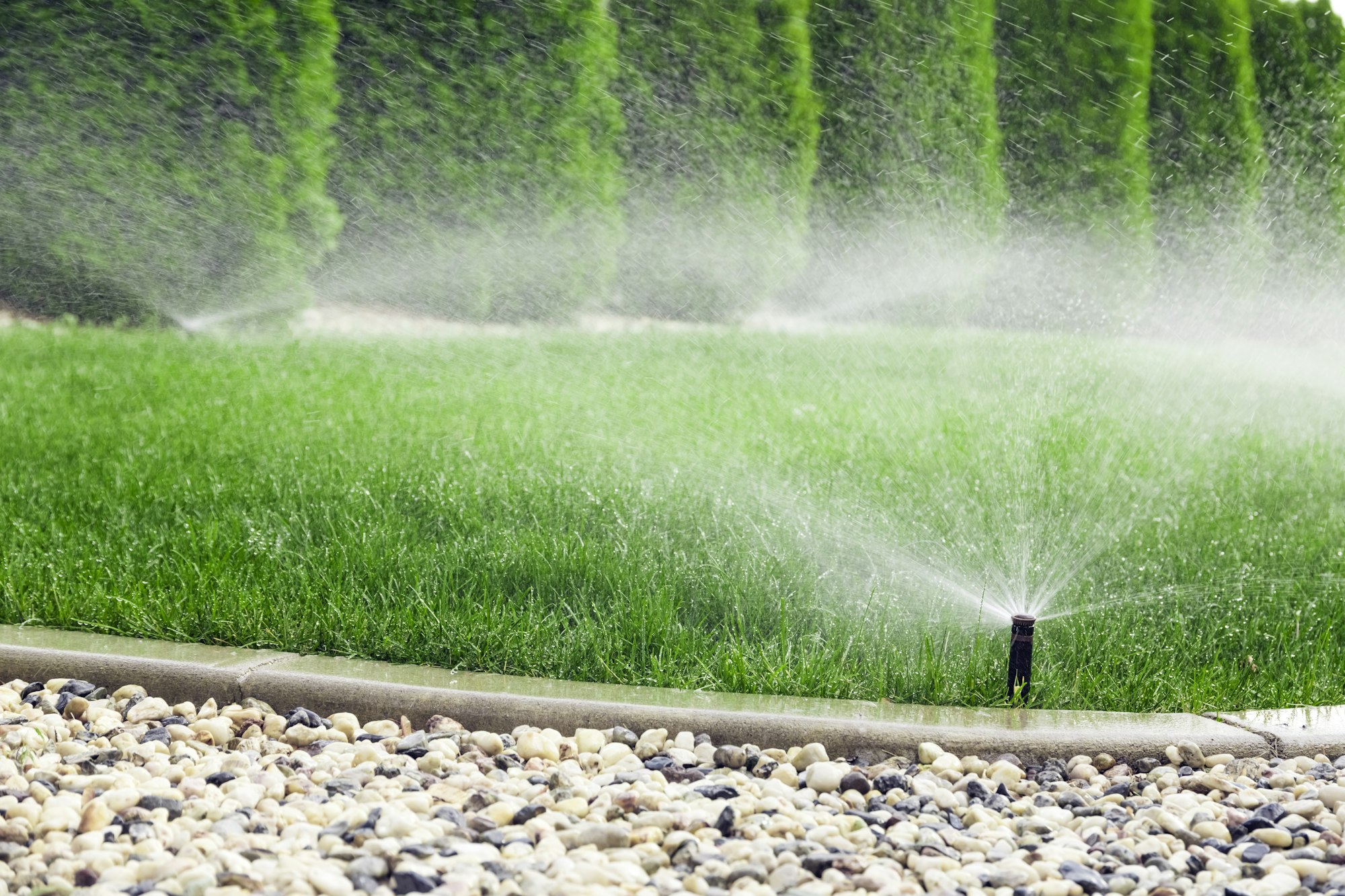Spring is an exciting time for homeowners in Utah. As the snow melts and temperatures rise, your lawn and garden start waking up — ready to bloom. But before you enjoy lush greenery, it’s crucial to prepare your irrigation system properly. Skipping essential steps or overlooking potential issues can lead to costly damage and an inefficient watering system.
Let’s walk through the most common mistakes homeowners make during a spring irrigation system startup and how you can avoid them.
1. Skipping a Full System Inspection
When bringing your irrigation system back to life after winter, starting it up without an inspection can be a costly error. Freezing temperatures may have cracked pipes, damaged sprinkler heads, or caused unseen leaks. A thorough inspection can catch these issues early, saving you from high water bills or a patchy lawn.
Tip: Have a professional conduct a full system check. They’ll assess valves, heads, and backflow preventers to ensure everything is working correctly.
2. Turning on the System Too Quickly
It’s tempting to rush the startup process, but opening the main water valve too fast can cause a surge of pressure that damages pipes and fittings. Instead, turn the valve slowly to let water gradually fill the system, preventing bursts or cracks.
Tip: If you’re unsure how to safely start your irrigation system, consider scheduling a service to handle the startup properly.
3. Ignoring Sprinkler Head Alignment and Coverage
Winter shifts the ground, and sprinkler heads can move or become clogged. Misaligned heads lead to uneven watering, resulting in dry spots or overwatered areas that promote disease and weed growth.
Tip: Walk through your yard and observe the sprinkler coverage. Adjust or replace heads as needed to ensure even watering.
4. Neglecting Controller Settings
Spring weather in Utah can be unpredictable, so your irrigation controller settings may need adjustments. Leaving winter settings active can waste water or leave your lawn thirsty.
Tip: Update your controller to match spring weather patterns, or let an expert handle the programming to optimize watering schedules.
5. Delaying Necessary Repairs
Minor issues like a small leak or a weak spray might not seem urgent, but they can escalate quickly. A small leak can waste hundreds of gallons of water, while inefficient spray patterns lead to unhealthy landscaping.
Tip: Address repair needs immediately to prevent larger issues. If you notice anything off during startup, it’s best to call for a repair service.
Conclusion
Getting your irrigation system ready for spring doesn’t have to be stressful. By avoiding these common mistakes — or better yet, working with a professional — you can ensure your lawn and garden thrive all season long.
Whether you need a complete system startup, repairs, or ongoing maintenance, scheduling a service is the best way to protect your landscape investment.
Frequently Asked Questions
Q: How early should I start my irrigation system in Utah?
A: It’s best to start your system in early to mid-spring when the risk of frost has passed. A professional can help you determine the best timing.
Q: How much does it cost to repair a broken sprinkler head?
A: The cost varies, but addressing small repairs early is always more affordable than waiting for the problem to worsen.
Q: Can I handle the startup process myself?
A: While DIY is possible, a professional can catch hidden issues, optimize water usage, and save you time and money in the long run.

Ready to get started?
Don’t let irrigation issues ruin your spring landscaping goals. Let Saratoga Mowing handle the hard work so you can focus on enjoying your outdoor space!


